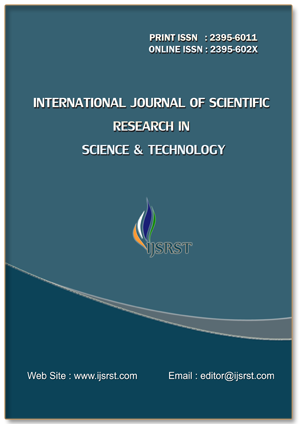Effect of Insecticide and Pesticide on the Growth and Population of Fish
DOI:
https://doi.org/10.32628/IJSRST25121224Keywords:
Fish, Insecticide, PesticideAbstract
Aquatic ecosystems are increasingly threatened by agricultural runoff containing insecticides and pesticides. These chemicals, while beneficial for crop protection, often enter water bodies through surface runoff, infiltration, and aerial drift, leading to adverse effects on non-target aquatic species, especially fish. This paper reviews the impact of various classes of pesticides and insecticides on fish physiology, reproduction, growth rate, and population dynamics. Through an analysis of experimental studies and field observations, the paper highlights both sub-lethal and lethal effects, including oxidative stress, bioaccumulation, endocrine disruption, and behavioral changes. It concludes with a call for stricter regulatory controls and sustainable agricultural practices to minimize aquatic toxicity.
📊 Article Downloads
References
Relyea, R. A. (2005). The lethal impact of Roundup on aquatic and terrestrial amphibians. Ecological Applications, 15(4), 1118–1124. DOI: https://doi.org/10.1890/04-1291
Schwaiger, J., et al. (2004). The use of biomarkers to assess the influence of river pollutants on fish health. Journal of Aquatic Ecosystem Stress and Recovery, 11(2), 179–194.
Fent, K. (2006). Effects of endocrine disruptors on fish reproduction and development. Toxicology, 205(1-2), 223–229.
USEPA. (2021). Aquatic Life Benchmarks and Ecological Risk Assessments for Registered Pesticides. United States Environmental Protection Agency.
WHO. (2010). Pesticide Residues in Food – Guidelines for Estimating Acceptable Daily Intakes.
Downloads
Published
Issue
Section
License
Copyright (c) 2025 International Journal of Scientific Research in Science and Technology

This work is licensed under a Creative Commons Attribution 4.0 International License.
https://creativecommons.org/licenses/by/4.0




